7 Ways Blockchain Can Stop Climate Change & Save The Environment – WEF (2017)
This World Economic Forum video outlines many uses of blockchain technology for environmental protection. The system created can also protect many local tibal communities vulnerable to resource extraction. From Conquistadors to robber barons to oil and gas companies natural resources of tropical regions have been unsustainably harvested and exploited. It doesn’t have to be this way. We must prevent this. Take for instance the Earth Bank of Codes initiative. This ambitious collaborative aims to assign every piece of biological data […]

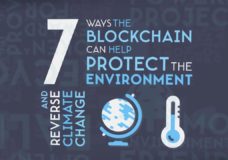



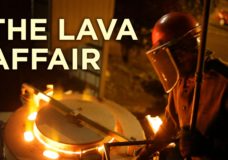
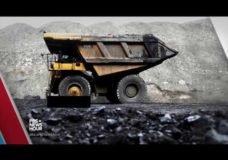
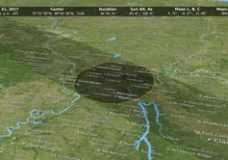
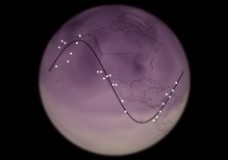

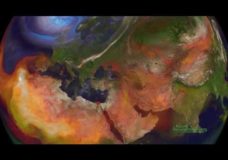
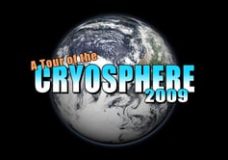

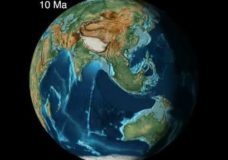
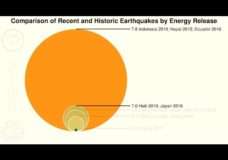
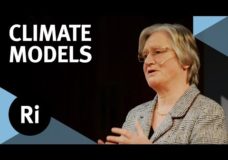

Recent Comments